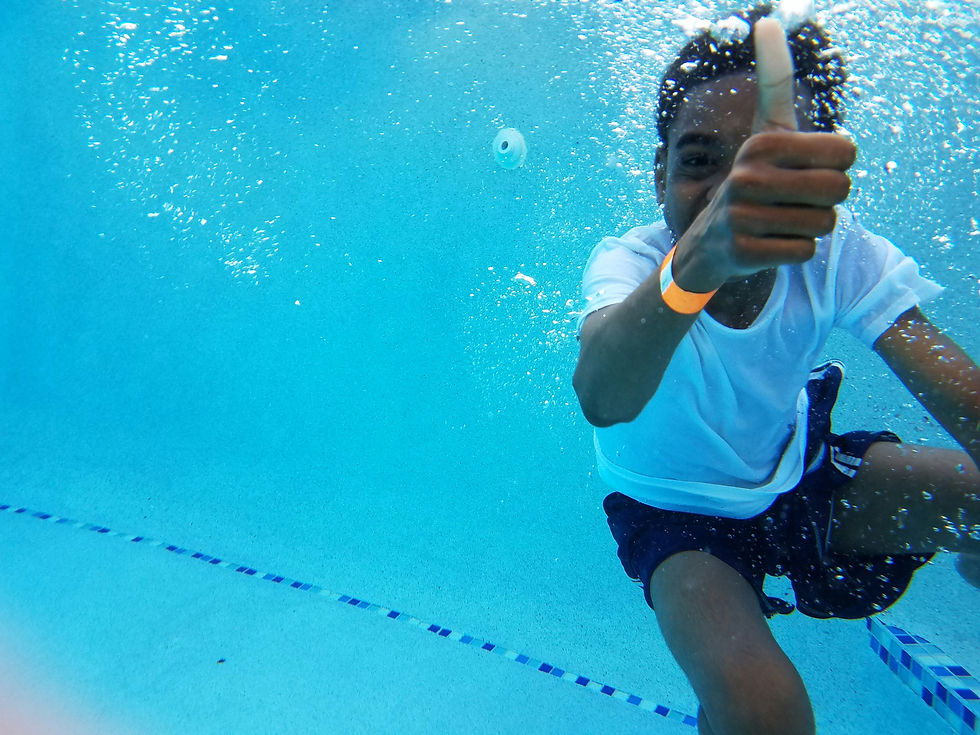Recognising When Your Little One Needs a Break at the Pool
Taking your young child to the swimming pool is a wonderful way to build their confidence in the water, enhance their physical development, and spend quality time together. However, knowing when your child has had enough is crucial to ensuring their experience remains positive and safe. Here are some subtle signs that it might be time to take a break or move on to another activity.

1. Changes in Body Language
One of the first signs that your child might be getting tired or overwhelmed in the water is a shift in their body language. If your little one starts to cling to you more than usual, seems less enthusiastic about splashing around, or begins to avoid the water altogether, it’s a clear indicator that they might be ready for a break.
2. Decreased Energy Levels
Young children often exhibit high energy levels when they’re enjoying themselves. If you notice that your child’s movements are becoming slower or more lethargic, or if they’re spending more time resting on the poolside, it’s a sign that their energy is waning. This is your cue to suggest some time out of the pool to recharge.

3. Mood Shifts
Pay close attention to any changes in your child’s mood. A usually cheerful child who suddenly becomes irritable, fussy, or easily frustrated may be experiencing sensory overload or fatigue. In these moments, it’s best to calmly suggest a break, perhaps offering a snack or a quiet activity to help them reset.
4. Shivering or Cold Skin
Even in warm pools, young children can get cold quickly. If you notice your child starting to shiver, or if their skin feels cool to the touch, it’s time to get them out of the water and into a warm towel. Prolonged exposure to cold water can make them uncomfortable and may lead to them associating swimming with feeling cold and miserable.

5. Disinterest in Toys or Activities
If your child typically enjoys playing with pool toys or participating in water games but suddenly shows disinterest or refuses to engage, this can be a sign that they’re ready to stop. Suggesting a different activity, like a snack break or a warm shower, can help transition them out of the water smoothly.
6. Verbal Cues
Sometimes, children will directly tell you they’re done, but they might not always use clear language. Phrases like "I’m tired," "I want to go home," or even "I don’t want to play anymore" are all verbal cues that they need a break. Listening to and acknowledging these cues is essential to keeping their swimming experience enjoyable.
7. Yawning or Rubbing Eyes
Just like on land, yawning or rubbing their eyes can signal that your child is getting tired. If you notice these signs, it’s a good idea to wrap up pool time and start thinking about transitioning to a calmer, more relaxing activity.

Tips for a Smooth Transition
- Have a Plan: Before heading to the pool, let your child know what comes next after swimming. This can help make the transition smoother and give them something to look forward to.
- Encourage Communication: Let your child know that it’s okay to tell you when they’re tired or want to stop. This builds trust and helps them learn to listen to their own bodies.
- Offer Positive Reinforcement: Praise your child for knowing when they’ve had enough. This reinforces the idea that listening to their body is a good thing.
By paying close attention to these subtle signs, you can ensure that your child’s time in the water remains fun, safe, and positive. Remember, the goal is to help them associate swimming with enjoyment and confidence, not exhaustion or discomfort. Happy swimming!


Ready to Dive Deeper?
If you're looking for more tips on making pool time a positive experience for your child or have questions about swimming lessons, feel free to reach out. Let's work together to create a fun and safe environment for your little swimmer!
Contact us today to learn more.
🌊 Discover More in Tender Steps! 📘
The tips in this blog are just a glimpse of what's inside my book Tender Steps. This self-guided resource is designed for families, offering progressive steps to help you teach your children to swim with confidence and ease. From recognising when your little one needs a break to building strong water safety skills, Tender Steps provides everything you need to make swimming a joyful experience for your family.
Ready to take the plunge? Get your copy of Tender Steps today and start your journey toward safe, happy swimming adventures! 🏊♀️✨


Comentários